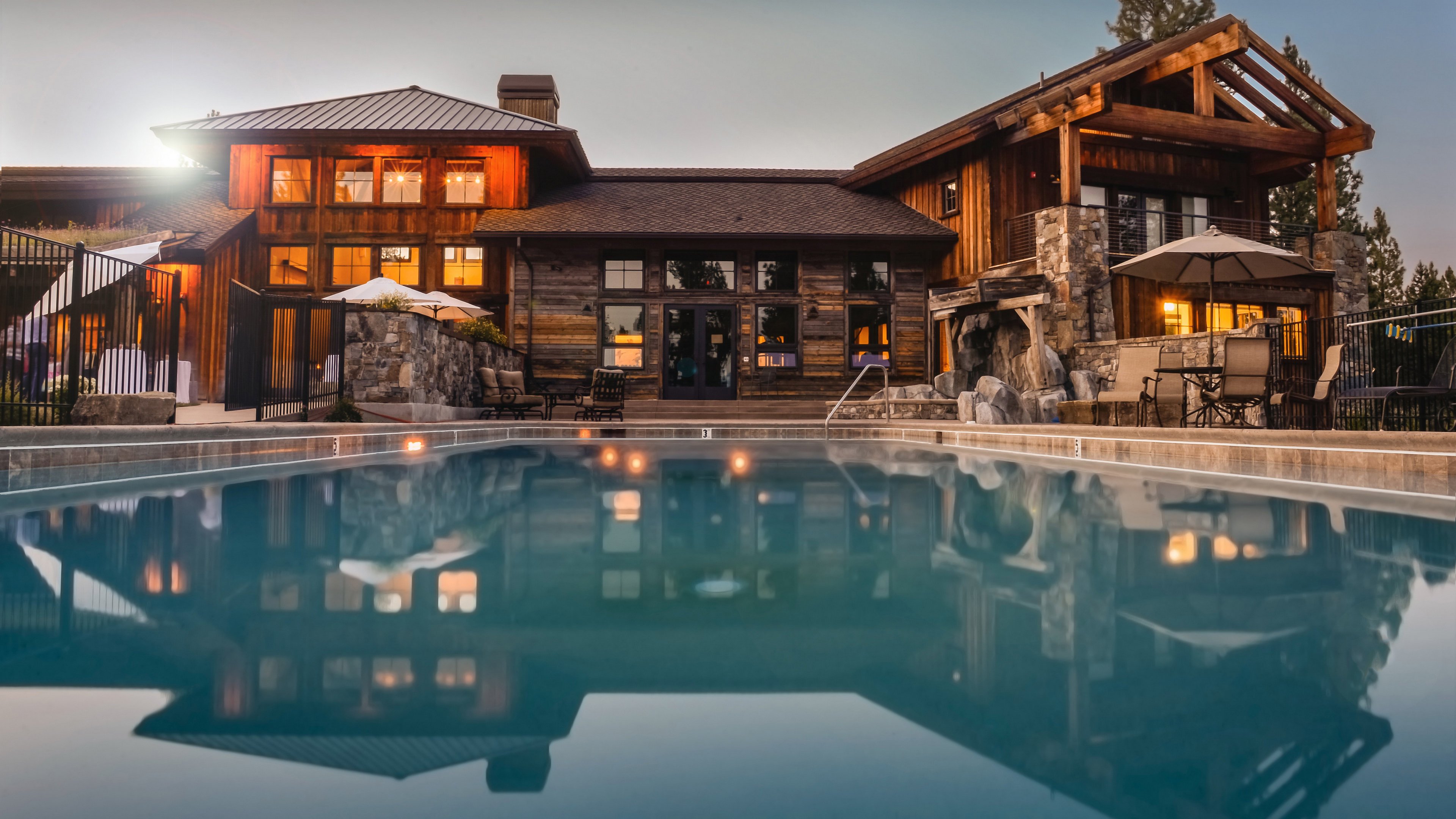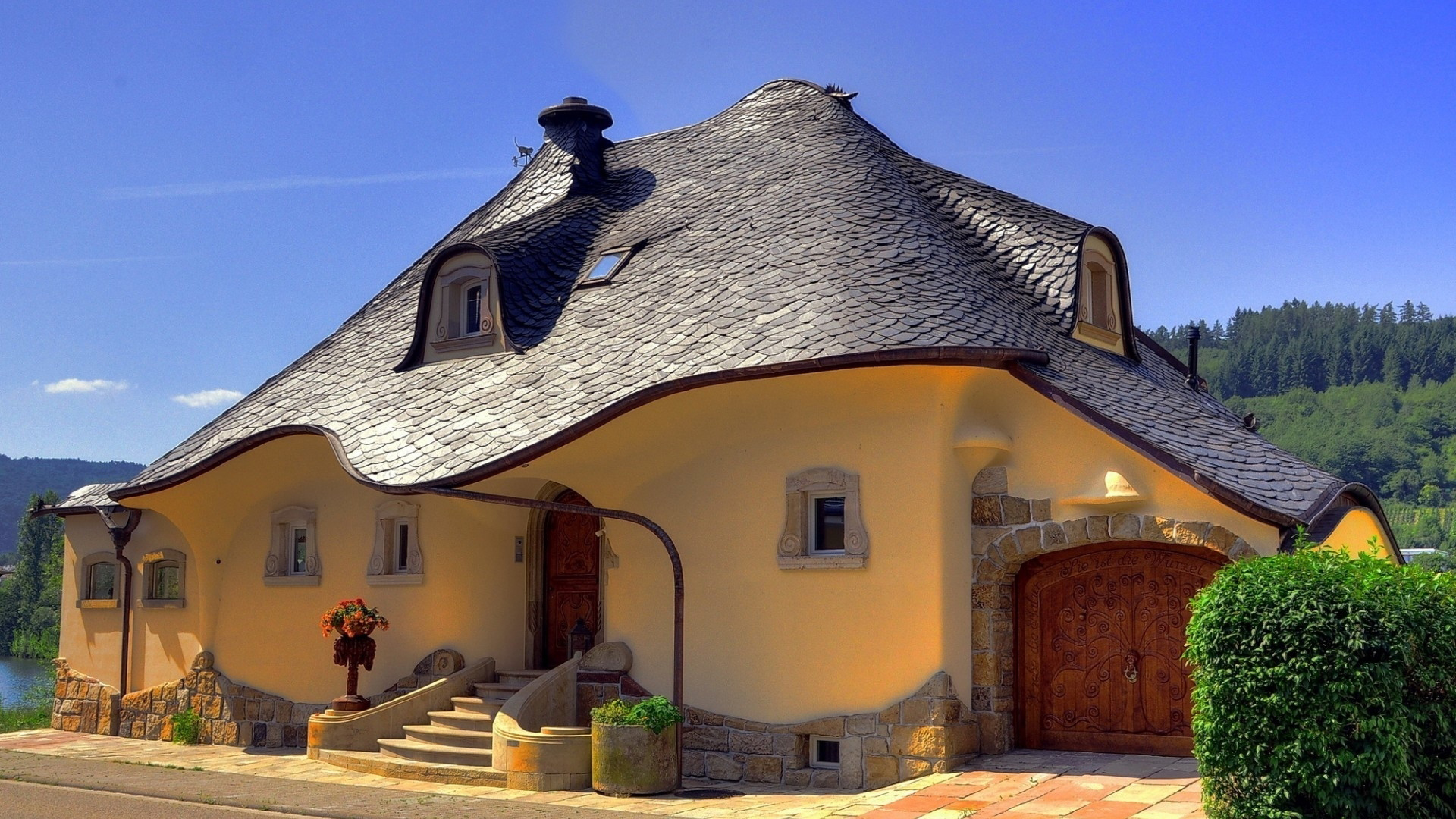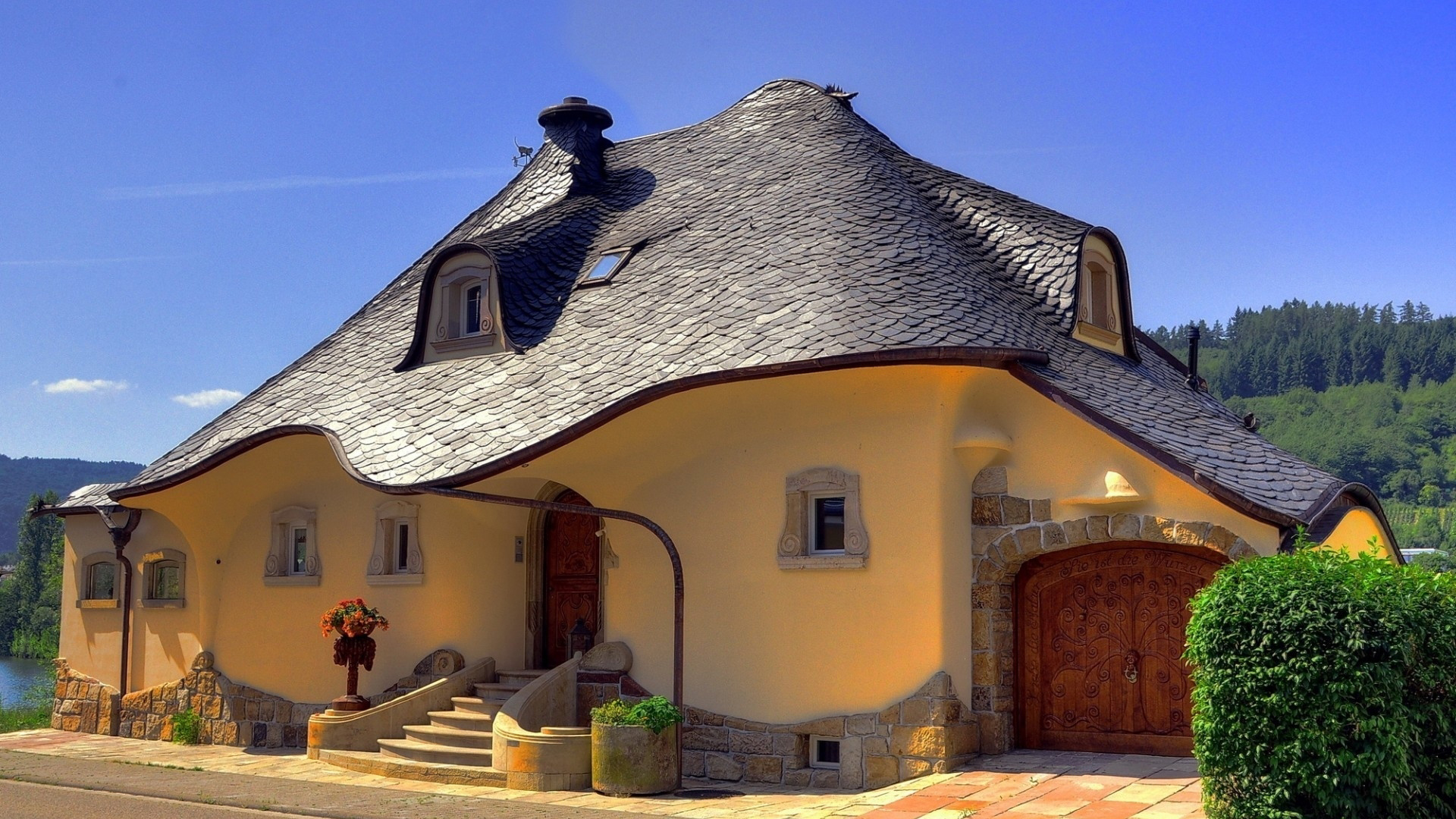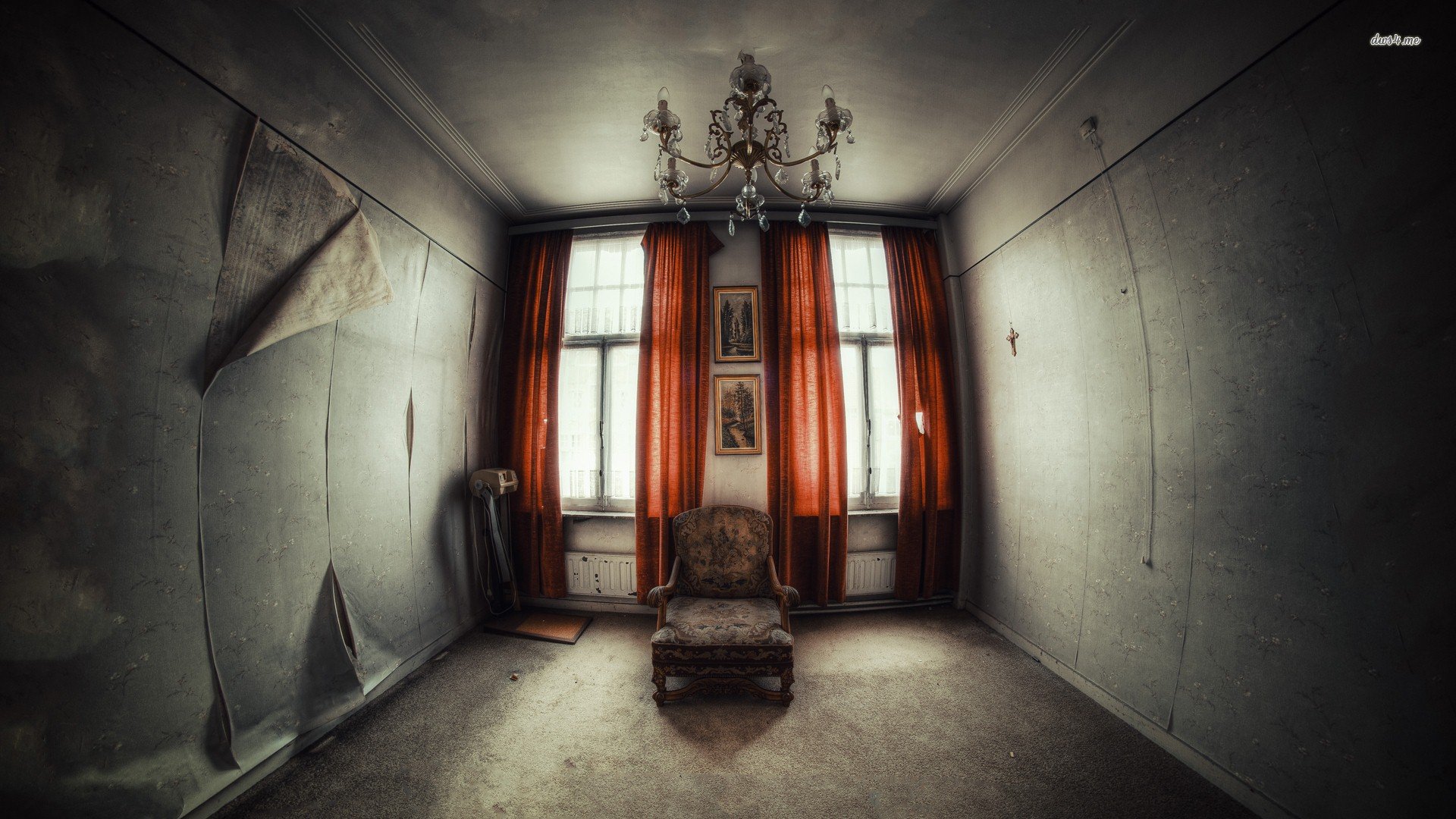Timeless Beauty: Adding Neoclassical Elegance to Your Living Space
Neoclassical style, also known as classical revival, emerged in the late 18th century as a reaction against the excesses of the Baroque and Rococo styles. It drew inspiration from the classical art and architecture of ancient Greece and Rome, emphasizing balance, harmony, and proportion. Neoclassical design exudes a sense of refinement and sophistication, making it a popular choice for home décor even today. Here are 10 ways to incorporate this timeless style into your living space.
1. Neoclassical Colors and Materials
Neoclassical interiors make use of a restrained color palette. Soft, muted colors such as creams, grays, blues, and greens create a serene and calming atmosphere. Brighter, bolder colors may be used as accents. Materials such as marble, plaster, and brass are commonly used to create a sense of luxury and elegance.
2. Symmetry and Balance
Symmetry and balance are essential in Neoclassical design. Furniture and accessories are typically arranged in pairs and centered around a focal point, such as a fireplace or an artwork. The use of symmetrical patterns and motifs, such as the traditional Greek key or medallion designs, can also enhance the sense of balance in a room.
3. Classical Motifs and Ornamentation
Neoclassical design incorporates classical motifs and ornamentation, such as columns, pediments, and friezes. These elements can be incorporated into architectural details, such as moldings and cornices, or in furniture and decorative accessories. The use of stone or plaster reliefs or sculptures can add a dramatic touch to a room.
4. Neoclassical Furniture
Neoclassical furniture is characterized by clean lines and a sense of proportion. Classic shapes, such as the Greek klismos chair or the Roman curule seat, are often used as inspiration. Furniture is typically made of wood, such as mahogany or cherry, and is often adorned with classical motifs or inlays.
5. Window Treatments
Window treatments in Neoclassical interiors are typically light and airy, with white or neutral fabrics. Sheer curtains, often with simple but elegant drapery tiebacks, create a sense of softness and femininity. For a more formal look, heavier draperies in silk or velvet may be used.
6. Lighting
Lighting plays an important role in creating a Neoclassical ambiance. Chandeliers, often made of crystal or brass, are a popular choice. Wall sconces, table lamps, and floor lamps in classical styles can also be used to create a warm and inviting atmosphere.
7. Artwork
Artwork in Neoclassical interiors often depicts classical themes, such as scenes from ancient Greek or Roman mythology. Classical busts, sculptures, and reliefs can also add a sense of history and depth to a room. Framed drawings or engravings of classical architecture can also be used to create a sense of grandeur.
8. Mirrors
Mirrors are a popular element in Neoclassical design, as they can help to reflect light and create an illusion of space. Large, ornate mirrors with gilded frames or classical motifs are often used as focal points in a room.
9. Accessories
Accessories in Neoclassical interiors are often simple and elegant, with a focus on quality over quantity. Classical urns, vases, and sculptures can be used to add a sense of history and sophistication. Books, particularly those on classical art or architecture, can also be incorporated into a room for a scholarly touch.
10. Floors and Rugs
Neoclassical interiors often feature marble or wood floors, with simple geometric patterns or classical motifs. Rugs are used as accents, particularly in rooms with wood floors. Traditional Oriental rugs, often with muted colors and simple patterns, are a popular choice.
Incorporating Neoclassical style into your home décor can create a timeless and elegant ambiance. With its emphasis on balance, harmony, and proportion, this classical revival style can create a sense of luxury and sophistication in any living space.

















































